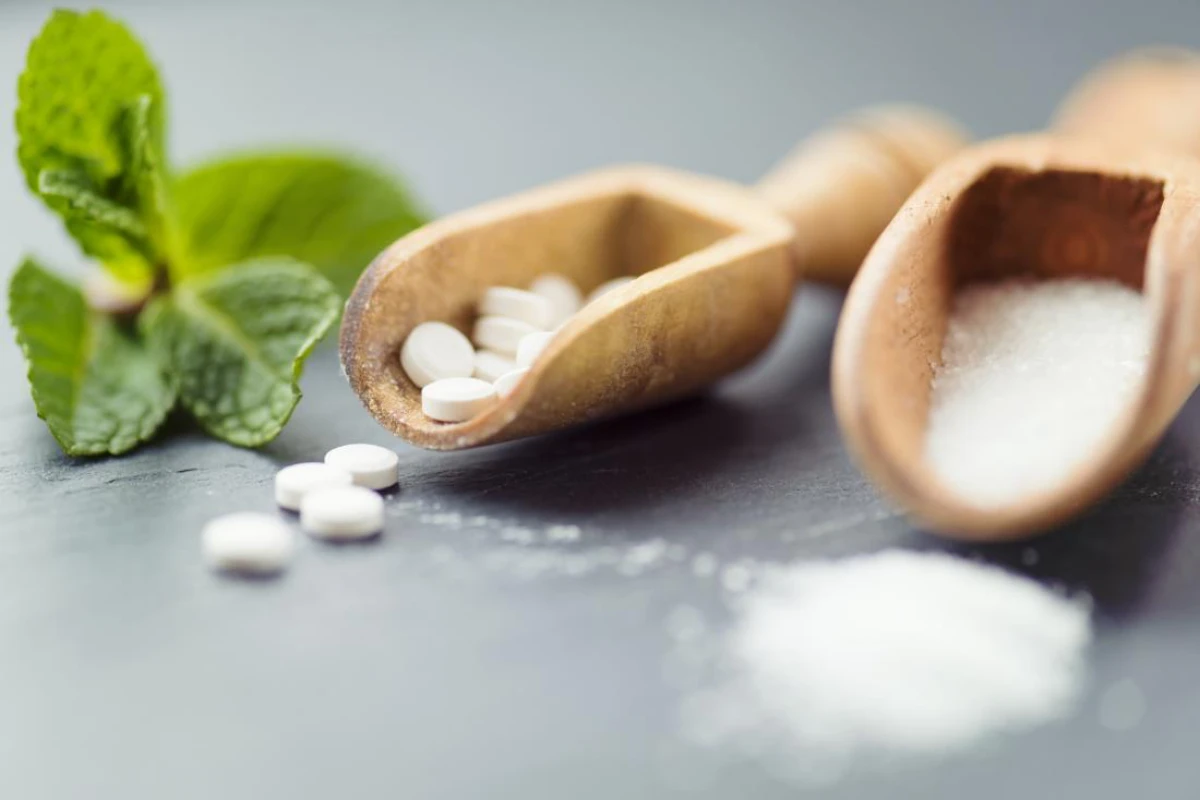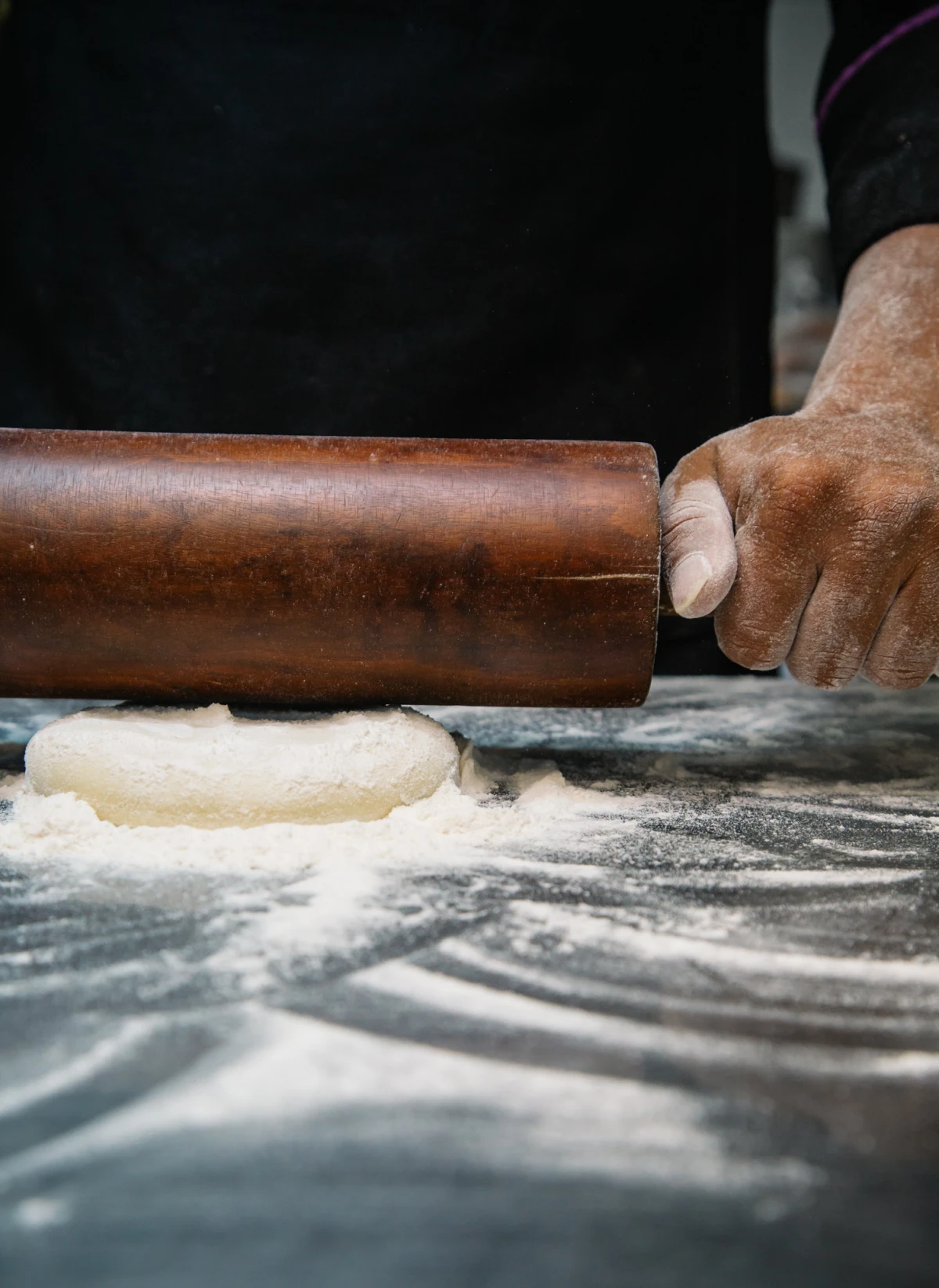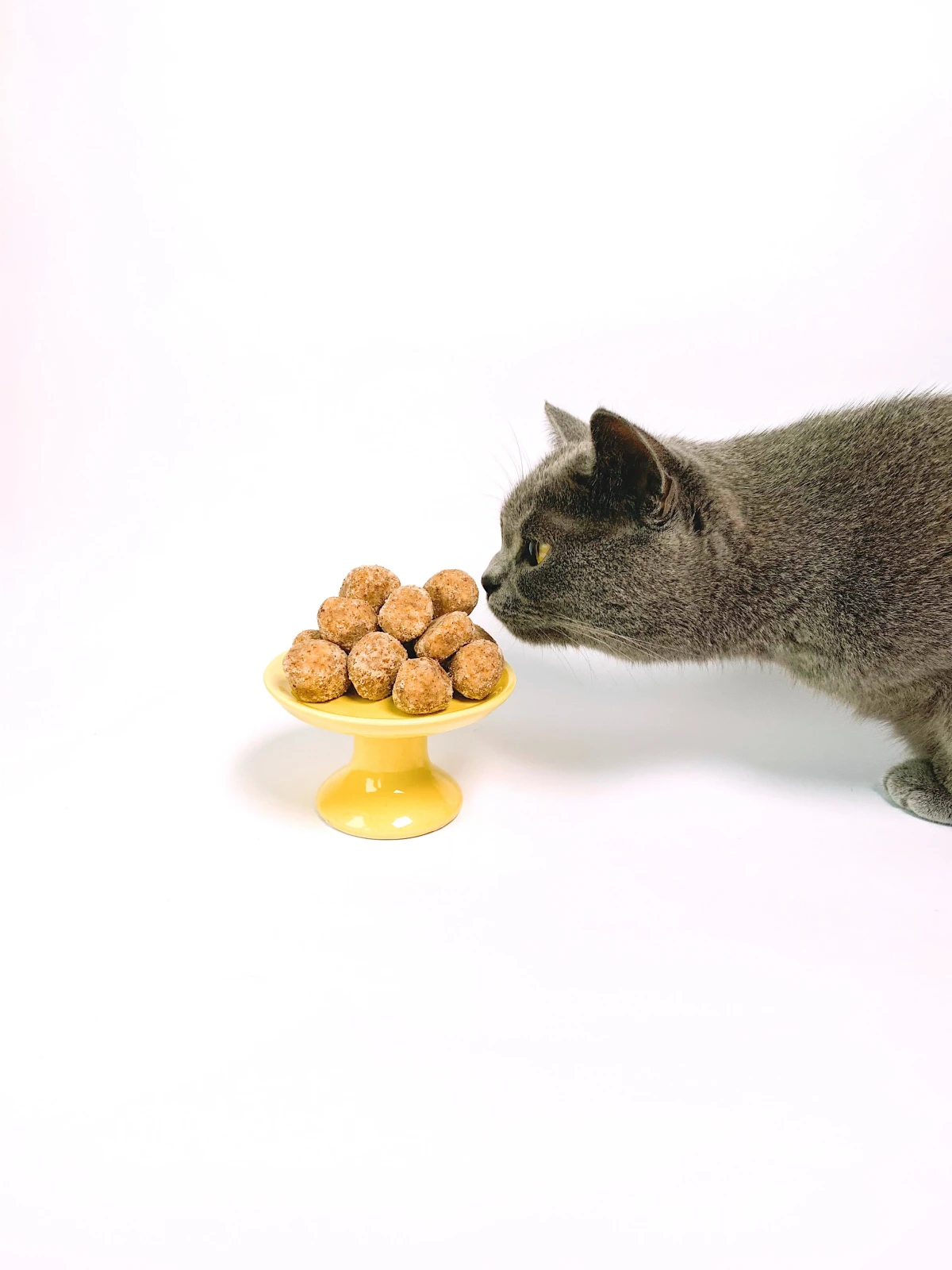9 Kitchen Foods That Could Land Your Cat in the ER
I’ve seen it more times than I can count from my years working in busy vet clinics: the sheer panic in a cat owner’s eyes when their buddy is suddenly, terrifyingly sick. And so often, the cause is something that was given out of love—a little bite of dinner, a shared snack—without any idea of the danger.
In this article
So, let’s talk about it. My goal here isn’t just to give you a scary list of “bad foods.” I want to pull back the curtain and show you why these common kitchen staples can wreak havoc on a cat’s unique system. Honestly, understanding the ‘why’ is your best defense for keeping your furry friend safe and sound.
First, Why Are Cats So Sensitive?
Before we dive into the food list, you’ve got to understand one key thing: cats are not little dogs. They are obligate carnivores, which is a fancy way of saying their bodies are built to run almost entirely on meat. Their whole system, from their sharp teeth right down to their liver, is a finely tuned machine for processing a high-protein diet.

The biggest difference is in their liver. Think of it as a super-specialized filter that’s amazing at some jobs but not others. A cat’s liver has a very limited supply of a certain enzyme that humans and dogs have in spades. This enzyme is crucial for breaking down a wide range of compounds, including many toxins. Since cats have less of it, toxins can build up in their system incredibly fast. A bite of something harmless to you could be genuinely poisonous to your cat. Remembering that one biological fact makes everything else on this list make perfect sense.
The Most Common Culprits in Your Kitchen
This list covers the most frequent offenders we used to see in the emergency room. For each one, I’ll break down the what, the why, and what to do if the worst happens.
1. Onions, Garlic, Chives, and Leeks
These are in everything, right? They’re part of the Allium family, and they are seriously bad news for cats. And it doesn’t matter if they’re raw, cooked, powdered, or dehydrated—it’s all toxic.

The Gory Details: These plants contain compounds that basically explode your cat’s red blood cells. The body sees these damaged cells as invaders and starts destroying them. When too many are destroyed, the cat develops a dangerous condition called hemolytic anemia, meaning their blood can’t carry enough oxygen. It doesn’t take much, either. We’re talking about an amount as small as 1/4 of a teaspoon of onion powder. Heads up! This stuff is a sneaky ingredient in many store-bought broths, soups, and even some baby foods people use to tempt sick cats.
Symptoms to Watch For: You might not see signs for a few days. It usually starts with lethargy and a lack of appetite. As the anemia gets worse, you’ll see pale gums, rapid breathing, and a racing heart. A tell-tale sign is dark red or brown urine. If you see this, it’s a major red flag.
What to Do: Call your vet or an animal poison control center immediately. If ingestion was recent, they might try to induce vomiting or give activated charcoal. Severe cases often require IV fluids, oxygen support, and even blood transfusions.

2. Chocolate
Most people know chocolate is bad for dogs, but it’s just as dangerous for cats. Thankfully, cats don’t have a sweet tooth, so they aren’t as likely to go hunting for it. But their curiosity can still get them in trouble, especially with things like chocolate milk or brownies left on the counter.
The Gory Details: Chocolate contains theobromine and caffeine, which are major stimulants. Cats metabolize them incredibly slowly, allowing the chemicals to build up to toxic levels. It over-excites their heart and nervous system. The darker and more bitter the chocolate, the more dangerous it is. Baker’s chocolate is the absolute worst, followed by dark chocolate. Milk chocolate has less, and white chocolate has the least.
Symptoms to Watch For: Within 6 to 12 hours, you might see vomiting, diarrhea, and hyperactivity. This can escalate to muscle tremors, seizures, and even heart failure.
What to Do: Contact your vet right away. Try to tell them the type of chocolate and how much was eaten (check the wrapper for ounces/grams). This helps them calculate the risk and decide on the treatment, which usually involves decontamination and supportive care.

3. Grapes and Raisins
This one is terrifying because experts still don’t know the exact toxin involved. What they do know is that grapes and raisins can cause sudden, catastrophic kidney failure in some cats and dogs.
The Gory Details: Since the toxic agent is a mystery, there’s no known “safe” amount. One cat might eat a few and be fine, while another could suffer kidney failure after just one or two raisins. It’s a total gamble, and not one worth taking.
Symptoms to Watch For: Initial signs usually show up within 12 hours and include vomiting and sluggishness. Within a day or two, you’ll see signs of acute kidney injury, like a lack of urination (a very grave sign) and abdominal pain.
What to Do: This is a true, time-sensitive emergency. Do not wait for symptoms. Rush your cat to the vet. The goal is immediate decontamination and aggressive IV fluid therapy to try and protect the kidneys from damage.

4. Xylitol (The Sneaky Sweetener)
This is a big one. Xylitol is a sugar substitute that’s popping up in more and more products, and it is EXTREMELY toxic to pets.
The Gory Details: When a cat eats xylitol, their body mistakes it for real sugar and releases a massive flood of insulin. This causes their blood sugar to plummet to dangerously low levels (hypoglycemia). Even a tiny amount can be catastrophic. A single piece of sugar-free gum can be enough to cause hypoglycemia in a 10-pound cat.
Where It Hides: It’s in so many sugar-free products: gum, mints, candy, baked goods, toothpaste, some yogurts, ketchups, and even some popular brands of peanut butter. You HAVE to read labels.
Quick Action Step: Seriously, go check your pantry right now. Look at your peanut butter, gum, and any “sugar-free” items. See xylitol? Put a big, bold “NO PETS!” sticky note on it. It could save a life.

Symptoms to Watch For: Symptoms can appear fast—within 15 to 30 minutes. Look for vomiting, weakness, staggering, collapse, and seizures.
What to Do: This is a five-alarm fire. Go to an emergency vet immediately and bring the product label with you. Treatment involves hospitalization to monitor blood sugar and provide IV sugar (dextrose) to counteract the crash.
5. Raw Yeast Dough
Giving your cat a piece of rising bread or pizza dough to bat around might seem cute, but it’s a double-danger situation.
The Gory Details: First, the warm, moist environment of the stomach is a perfect incubator for the yeast. As it ferments, it produces alcohol, which gets absorbed into the bloodstream and causes alcohol poisoning. Second, the yeast releases carbon dioxide gas, causing the dough to expand in the stomach like a balloon. This is incredibly painful and can lead to a life-threatening twist in the stomach.
What to Do: Another immediate vet trip. They’ll need to take X-rays and provide supportive care for the alcohol poisoning. In a worst-case scenario, emergency surgery may be needed to fix a twisted stomach.

6. Dairy Products
Ah, the classic image of a cat lapping up a saucer of milk. It’s a complete myth that can lead to a very uncomfortable cat.
The Gory Details: Most adult cats are lactose intolerant. They don’t have the enzyme needed to properly digest the sugar (lactose) in cow’s milk. It’s not “toxic” like chocolate, but it can cause major GI upset—gas, cramps, and diarrhea. A messy litter box and a miserable cat are the likely outcomes.
7. Raw Meat, Fish, and Eggs
Wait, aren’t cats carnivores? Yes, but raw meat from the grocery store is not the same as a fresh kill in the wild. It can be contaminated with nasty bacteria like Salmonella and E. coli, which can make both your cat and the humans in your house sick.
Good to know: Raw fish also contains an enzyme that destroys thiamine (an essential B vitamin), which can lead to neurological issues over time. And raw egg whites contain a protein that interferes with the absorption of biotin, another key vitamin for skin and coat health. The safest bet is to always cook meat and eggs (plain, no seasonings!) before sharing a tiny piece.

After all that, you might be scared to share anything! But don’t worry, you don’t have to be the food police 100% of the time. Here are some safer swaps for when you want to give a treat:
- Instead of a saucer of milk… try a splash of lactose-free cat milk. You can find it right in the pet aisle at stores like PetSmart or on Chewy for about $5-8 a carton. It gives them the creamy treat without the tummy ache.
- Instead of a piece of seasoned steak… offer a thumbnail-sized piece of plain, boiled chicken or turkey. No salt, no garlic powder, no oil. Just pure, simple protein.
- Instead of a bite of your tuna salad… share a tiny flake of canned tuna or salmon packed in water, not oil. And make it a very rare treat due to the mercury content.
- Instead of… well, anything else… a small, plain scrambled egg (again, no butter, salt, or milk) is a fantastic and safe protein-packed snack.

Your Emergency Action Plan
Okay, let’s say the unthinkable happens. Your cat eats something it shouldn’t have. Don’t panic. Here’s your plan:
- Secure Your Cat: Gently move your cat to a safe room and keep them away from the toxin.
- Gather Evidence: Grab the packaging or any remnants of what they ate. Try to figure out how much is missing and when it happened.
- Call for Help IMMEDIATELY: Do not try to make your cat vomit at home. Call your vet or an animal poison control hotline right away. In the U.S., the main ones are the ASPCA Animal Poison Control Center and the Pet Poison Helpline. (Yes, these hotlines have a consultation fee, usually around $75-$95, but it is worth every single penny for immediate, life-saving advice from a veterinary toxicologist).
- While You’re on the Phone: Stay calm. Do NOT give your cat any food, water, milk, or other “home remedies” unless specifically instructed to. Just keep them quiet and comfortable with you.
A quick reality check: an emergency vet visit for poisoning can easily cost between $500 and $2,000, sometimes more. Thinking about that for a second makes securing your trash can and keeping food off the counter feel a lot more important.

A Final Word
Your cat trusts you for everything—food, shelter, and safety. The very best thing you can give them is a high-quality food designed for their specific needs. By being a vigilant and informed owner, you become their best protector. And of course, your own vet is your greatest partner in all of this, so always keep them in the loop about your cat’s health and diet.
Inspirational Gallery
According to the ASPCA Animal Poison Control Center, they handle over 400,000 cases of pet poisoning each year, with a significant portion involving common human foods.
Think your cat has eaten something toxic? Don’t wait. Time is critical. Here’s your immediate action plan:
- First, safely remove your cat from the source of the poison.
- Call your veterinarian or the Pet Poison Helpline (855-764-7661) immediately. Do NOT induce vomiting unless specifically instructed to do so by a professional.
- Be ready to provide your cat’s weight, the substance ingested, how much was eaten, and when.
But my cat loves milk! Is it really a problem?
It’s a classic image, but it’s a myth. Most adult cats are actually lactose intolerant. Their digestive system stops producing the lactase enzyme needed to break down the sugar in milk. Giving your cat cow’s milk can lead to an upset stomach, cramping, and diarrhea—not the treat you intended.
The Hidden Danger: Broths and gravies. Many pre-made stocks, bouillon cubes, and even baby foods use onion or garlic powder for flavor. A cat licking up a small spill of gravy from your plate could ingest a concentrated dose of these toxins without you even realizing it. Always check the ingredients before sharing.
Want to treat your cat without the risk? Try these super-simple, two-ingredient tuna bites. They’re a safe and delicious alternative to questionable table scraps.
- Mash one can of tuna in water (not oil), ensuring it’s free from salt or spices.
- Mix in one egg to bind it together.
- Form tiny, pea-sized balls and bake at 350°F (175°C) for 10-12 minutes until firm. Let them cool completely before offering one to your feline friend.
Xylitol, an artificial sweetener highly toxic to dogs, is also a danger to cats. While cats are less likely to be tempted by sweet tastes, xylitol is now found in surprising places like some peanut butters, yogurts, and even medications.
The danger is that while a cat’s reaction isn’t as severe as a dog’s, ingestion can still lead to a sudden drop in blood sugar and potential liver damage. It’s another crucial ingredient to watch out for on labels.
The danger zone isn’t just the food bowl. Many popular houseplants are extremely toxic to cats, especially lilies (all parts of the plant). A simple brush against the plant can transfer pollen to their fur, which they then ingest while grooming, leading to acute kidney failure. Other common culprits include tulips, daffodils, and aloe vera.
Safe Treat Swap: Instead of a piece of processed deli meat (which is often high in sodium and preservatives), offer a freeze-dried, single-ingredient treat.
A Good Choice: PureBites Freeze-Dried Chicken or Shrimp. These contain just one ingredient, locking in flavor and nutrients without any harmful additives.
This simple switch satisfies your cat’s craving for a savory snack while keeping them safe.
- Enjoying a meal without worrying about a snatch-and-grab.
- Knowing your countertops are safe spaces, not minefields.
- Eliminating the risk of a frantic, expensive trip to the emergency vet.
The secret to this peace of mind? A cat-proof kitchen. It’s less about restriction and more about mindful habits, like using pet-proof trash cans and storing tempting leftovers in sealed containers immediately.
If you want to share a taste of your meal, stick to these safe, simple options, always unseasoned and in tiny amounts:
- A small piece of cooked chicken or turkey (no skin or bones).
- A flake of cooked salmon or tuna.
- A spoonful of plain, cooked rice or a tiny steamed carrot cube.
- A few plain, unsalted scrambled eggs.










